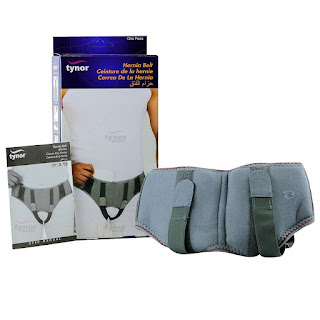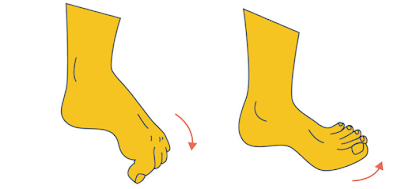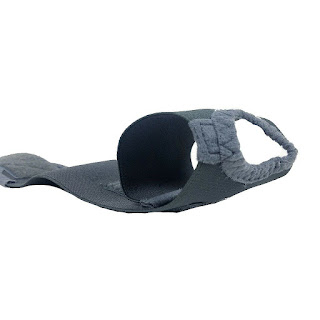What is Hernia
What is Hernia
A hernia is any structure passing through another which in doing so ends up in the wrong place. Formally, it is defined as the protrusion of a loop or knuckle of an organ or tissue through an abnormal opening.
An inguinal hernia is most common – these occur in the area where the skin crease at the top of the thigh joins the torso (the inguinal crease) and appear as a bulge.
Other Hernias:
- Femoral hernia – bowel enters the femoral canal presenting as a mass in the upper, inner thigh.
- Umbilical – through the umbilicus (the belly button area).
- Paraumbilical – just above or below the umbilicus.
- Epigastric – pass through linea alba (midline abdomen) above the umbilicus.
- Incisional hernias – follow breakdown of muscle closure after previous surgery.
- Lumbar – through one of the lumbar triangles
- Richter’s – this is when the bowel wall only, not the bowl opening is involved.
- Obturator – through the obturator canal. Typically there is pain along the inner side of the thigh in a thin woman.
What are the statistics
Groin hernias occur in approximately 2% of the adult population and 4% of infants.
Their relative frequencies are as follows:
- Inguinal 80%
- Incisional 10%
- Femoral 5%
- Umbilical 4%
- Epigastric <1%
- Other: <1%
Inguinal are approximately 10 times more common in males, while femoral and paraumbilical are more common in women.
Risk Factors for Hernia
Predisposing factors include
- Increased intra-abdominal pressure: Chronic cough, constipation, urinary obstruction, heavy lifting, ascites (fluid in the abdomen), previous abdominal surgery, obesity.
- Loss of tissue strength and elasticity (direct inguinal hernia).
- Nerve damage with consequent weakening of the muscles.
- Residual embryological channels in the case of congenital herniae (defects that one is born with).
- Family History
Progression of Hernia
The natural history of most hernia is that they will slowly increase in size although may remain the same size for an extended period. They do not spontaneously heal and are at risk of the complications described and thus need to be repaired surgically.
How is Hernia Diagnosed?
Hernia especially Inguinal hernia are a clinical diagnosis. However, occasionally an ultrasound is used for confirmation.
Prognosis of Hernia
This depends on whether the patient develops complications (e.g. bowel obstruction, strangulation). Herniae are treatable surgically, although they may recur.
The recurrence of a inguinal herniae after surgical repair may occur but should be less than 2% (10-20% in the case of incisional herniae). Other complications include infection, ilioinguinal nerve entrapment and testicular ischaemia. Testicular ischaemia (lack of blood supply) is rare after initial repair but occurs with a higher incidence after the repair of recurrent herniae.
How is Hernia Treated?
Inguinal Herniae:
Often a supportive hernia belt is prescribed to be worn to control the pain.
Elective surgical repair is recommended. They are not an emergency, unless they cause a bowel obstruction, or strangulation of the trapped bowel.
There are two accepted methods in adults:
- Lichtenstein repair: involves using mesh to repair the defect.
- Shouldice repair: suturing the defect closed without a mesh.
Other herniae:
- Femoral herniae need to be repaired surgically more urgently (non-absorbable sutures). They have a higher risk of strangulation.
- Umbilical herniae occur in children because of incomplete closure of the umbilical orifice. Surgical repair is only performed if the hernia has not disappeared by the age of three and the defect is greater than 1.5 cm in diameter.
- Paraumbilical hernia – high risk of strangulation if there is a narrow neck and therefore treated (excision of the sac and overlapping repair).
- Incisional hernia – should be be repaired surgically. In the patient with a large herniae who is unfit for surgery a corset may be worn.



Comments
Post a Comment